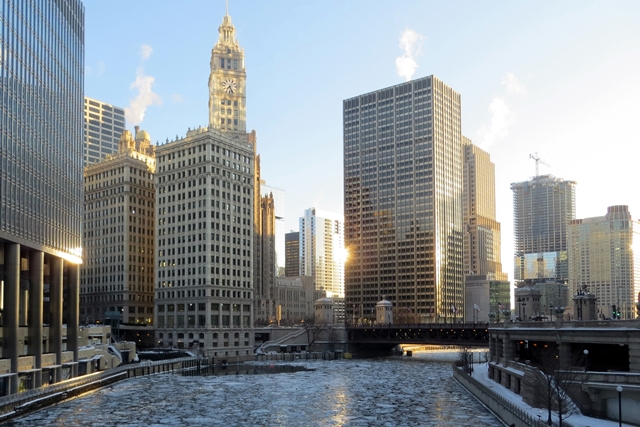– Contributed content –
1 Mar. 2022. The US is going back to normal. Restaurants are packed, stadiums are sold out, and rockstars are hosting concerts once more. For all intents and purposes, things look very similar to how they did in 2019, with the addition of a few face masks dotted around here and there.
But when it comes to returning to the office, it’s a different story. Workers just aren’t playing ball. The idea of waking up, showering, getting dressed and then commuting through busy traffic is unappealing after more than two years of staying in.
This new reality is creating an opinion among many that the days of the conventional office are numbered. Giant downtown skyscrapers could be a thing of the past if workers successfully negotiate remote work.
The implications of this on cities are tremendous. Most modern infrastructure is designed to ferry workers from the peripheries of cities to the core. Land prices in central locations have been sky-high, historically, because businesses want the best spots at the center of the transport network. Rents in Manhattan, for example, are astronomical.
But with the move to remote working, that will change. We’re never going to go back to the number of in-office person days that we had before the pandemic. That’s simply not going to happen.
Many people will work from home
Over the coming decade, American workers will spend around 25 percent of their time working from home. In the context of the pandemic, that doesn’t sound like a great deal, but before the arrival of COVID-19, the figure was just five percent.
You can make an argument that SARS-CoV-2 accelerated a trend that was already in place, but it has done so so rapidly that comparisons are almost moot. Experts predicted, based on current trends, that we might hit 25 percent of workers at home by 2050 or 2060.
COVID-19 has created a culture shift. While spending time at home, workers question what the point of going to the office actually was. Business leaders praise the proverbial “chat by the water filter” because of its ability to spur communication and innovation, but employees know that there’s not much in it for them. They would rather avoid spending hours in traffic every morning, and pressing their suits on the weekend instead of having fun.
Office occupancy rates
Commentators might have expected a plunge in office space usage, but data suggest that demand is only down around 1 percent since 2019. The real figures might actually be flat.
That’s because firms still need office space, and they haven’t quite figured out yet how to rent buildings effectively. While there are new office rental companies entering the market, offering on-demand space, uptake is, as yet, marginal.
What’s more, most companies are not able to make the move to a fully remote working model. There are genuine business reasons for having people in the office. Furthermore, workers don’t want total isolation. For many, hybrid working, going in one or two days a week, is a good compromise.
It’s a mess
Corporations are, in general, doing quite well dealing with the current remote working setup. They’re looking to team management tips to improve how they interact with peripheral staff in the office, keeping productivity reasonably high.
Cities, though, are starting to suffer. Strangely, it’s not the lack of office demand that’s the problem, but the lack of worker demand. With fewer people in the office, there are fewer lunchtime shopping trips, coffee breaks, meals out, subway trips and bus rides. Following on from this, city officials are collecting fewer taxes.
This reality explains why city politicians and officials are so keen on people returning to the office. Some have suggested awarding companies that insist on full-time office-based working with tax benefits or bonuses.
Of course, a lot of the political reactions involve short-term thinking. While demand for downtown services will recede, it will increase out of town. Cities may become more distributed and less prone to congestion by breaking into self-contained and sufficient communities.
According to some commentators, Wednesday on New York’s subway system is going to feel more like Sunday. The volume of people is now much lower than it was before. Local authorities, therefore, may feel the pressure to raise ticket prices to cover their fixed cost, making transportation to work even more unsustainable, fueling a vicious cycle of decline.
In summary, Americans aren’t keen on going back to the office. It’s not about avoiding disease – that risk has largely receded. Instead, it’s just a behavioral and cultural shift, but one that will have a profound impact on how cities organize themselves.
* * *


 RSS - Posts
RSS - Posts
You must be logged in to post a comment.